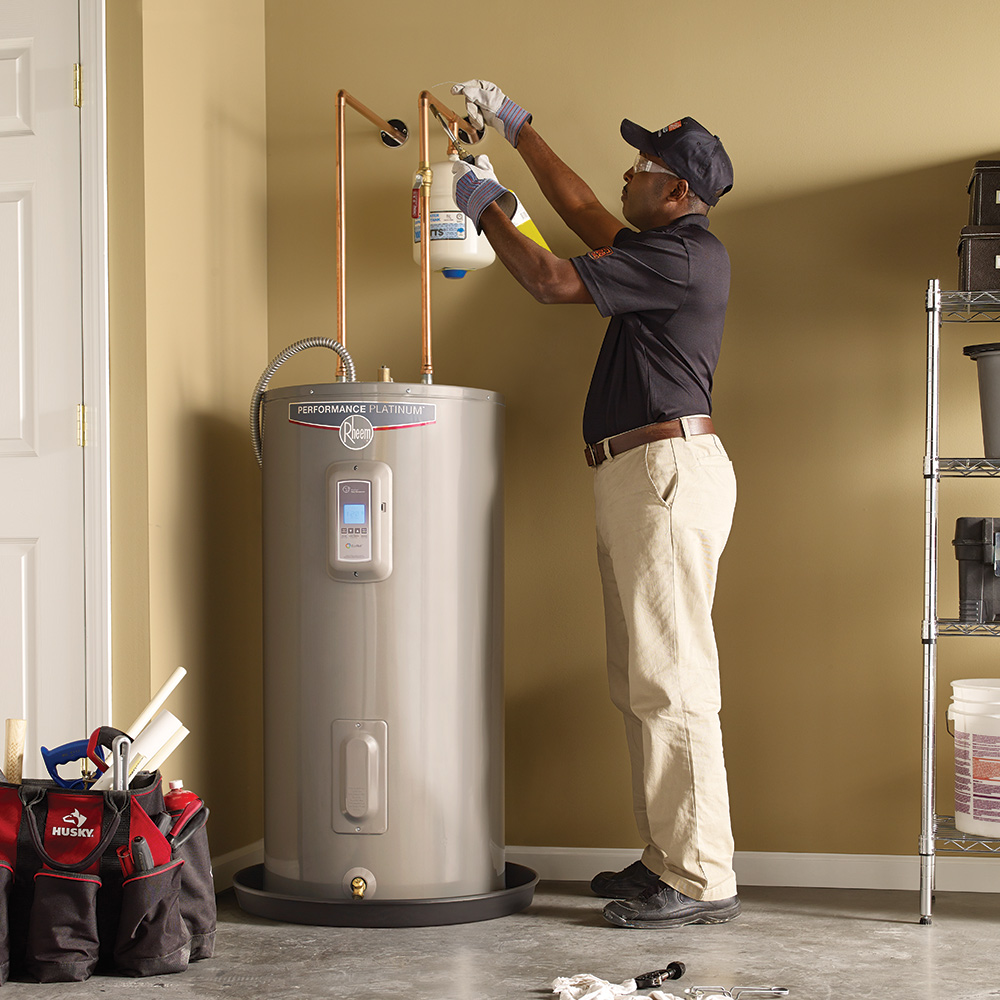How to Extend the Life of Your Home's Hot Water System Through MaintenanceEnsuring Longevity of Your Home's Hot Water System: Maintenance Advice
How to Extend the Life of Your Home's Hot Water System Through MaintenanceEnsuring Longevity of Your Home's Hot Water System: Maintenance Advice
Blog Article
Every person will have his or her own theory when it comes to Tips on Maintaining a Water Heater.

Warm water is vital for day-to-day convenience, whether it's for a rejuvenating shower or washing recipes. To guarantee your warm water system runs effectively and lasts longer, normal upkeep is essential. This short article offers useful tips and understandings on just how to preserve your home's hot water system to avoid disturbances and pricey fixings.
Intro
Preserving your home's hot water system could appear difficult, but with a few straightforward steps, you can ensure it runs efficiently for years to come. This overview covers whatever from understanding your warm water system to DIY maintenance ideas and knowing when to call in specialist assistance.
Importance of Keeping Your Hot Water System
Regular upkeep not only expands the life expectancy of your hot water system yet likewise guarantees it operates successfully. Ignoring maintenance can cause decreased performance, higher energy expenses, and even early failure of the system.
Indicators Your Hot Water System Demands Maintenance
Recognizing when your hot water system requires interest can prevent significant issues. Watch out for signs such as irregular water temperature, odd noises from the heating unit, or rusty water.
Purging the Hot Water Heater
Flushing your hot water heater removes debris buildup, enhancing performance and extending its life.
Monitoring and Replacing Anode Rods
Anode poles prevent rust inside the container. Examining and changing them when broken is important.
Facility Issues Needing Specialist Assistance
Instances include major leakages, electrical issues, or if your hot water heater is consistently underperforming.
Regular Specialist Maintenance Conveniences
Professional maintenance can consist of complete examinations, tune-ups, and ensuring compliance with security criteria.
Inspecting and Adjusting Temperature Level Setups
Changing the temperature level setups ensures ideal efficiency and safety and security.
DIY Tips for Upkeep
You can perform a number of upkeep jobs on your own to keep your hot water system in top condition.
Looking for Leakages
Regularly inspect pipes and connections for leaks, as these can cause water damage and greater costs.
Recognizing Your Warm Water System
Before diving into maintenance tasks, it's valuable to recognize the standard parts of your hot water system. Typically, this includes the water heater itself, pipes, anode rods, and temperature controls.
Regular Monthly Upkeep Tasks
Normal monthly checks can help catch minor issues before they escalate.
Testing Pressure Relief Valves
Testing the pressure relief valve guarantees it operates appropriately and protects against too much stress accumulation.
Protecting Pipelines
Protecting hot water pipes decreases heat loss and can save energy.
When to Call a Professional
While DIY upkeep is useful, some problems call for expert competence.
Verdict
Regular upkeep of your home's hot water system is vital for efficiency, longevity, and price financial savings. By complying with these suggestions and understanding when to seek specialist help, you can make certain a trusted supply of warm water without unforeseen interruptions.
How to Maintain an Instant Hot Water Heater
Before tinkering with your hot water heater, make sure that it’s not powered on. You also have to turn off the main circuit breaker and shut off the main gas line to prevent accidents. Also turn off the water valves connected to your unit to prevent water from flowing into and out of the appliance. 2. When you’re done, you have to detach the purge valves’ caps. These look like the letter “T” and are situated on either side of the water valves. Doing so will release any pressure that has accumulated inside the valves while at the same time avoid hot water from shooting out and burning your skin. 3. When the purge valves’ caps are removed, you have to connect your hosing lines to the valves. Your unit should have come with three hoses but if it didn’t, you can purchase these things from any hardware or home repair shops. You can also get them from retail stores that sell water heating systems. Read the user’s manual and follow it to complete this task properly. When the hosing lines are connected, open the purge port’s valves. 4. You should never use harsh chemical cleaners or solutions when cleaning your unit. Make use of white vinegar instead. It should be undiluted and you’ll probably use about 2 gallons. 5. Now flush your water heater. This task should probably take about 40 minutes. We can’t give you specific directions for this because the procedure is carried out depending on the type, model and brand of your heater. With that being said, refer to the user’s manual. 6. When you’re done draining the unit, you have to turn off the purge port valves again. Remove the hosing lines that you earlier installed on each of the water valves. Put the valve caps (purge port) back in their respective places and be very careful so as not to damage the rubber discs that are found inside these caps. 7. Now that everything’s back in place, check your user’s manual again to find out how to reactivate your water heating system. 8. Once it is working, turn one of your hot water faucets on just to let air pass through the heater’s water supply pipes. Leave the tap on until water flows smoothly out of it. https://www.orrplumbing.com/blog/2014/september/how-to-maintain-an-instant-hot-water-heater/

As an avid person who reads on Tips on Maintaining a Water Heater, I was thinking sharing that piece of content was worthwhile. If you appreciated our blog posting plz remember to share it. I enjoy your readership.
Get Your Estimate Now Report this page